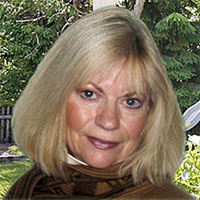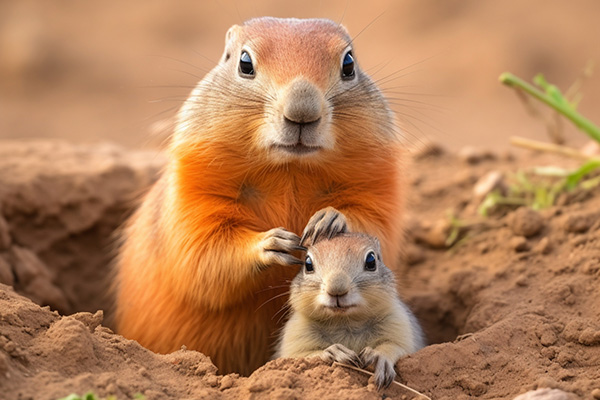Grief Is A Sacred Gift Of Soul Experience
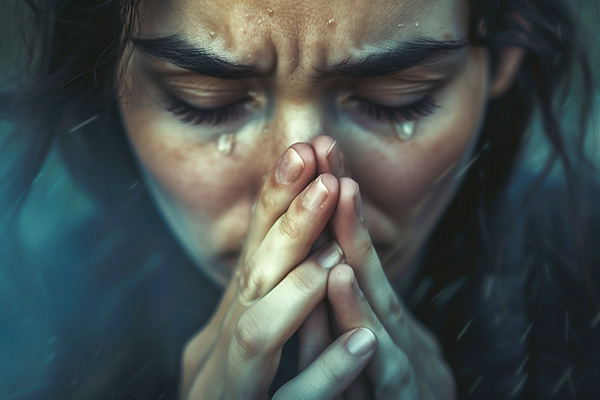 Long ago, I yearned for a deeper life, a full life, a sane life. And the door opened. It led me within.
Long ago, I yearned for a deeper life, a full life, a sane life. And the door opened. It led me within.
Now, I long for a deep wound to be healed, and again I feel the door opening. I am prepared for the changes that come each time the door opens, and welcome them with profound gratitude.
I’ve come to understand that these “doors” don’t always show up looking bright and shiny and obviously spiritual. Sometimes they arrive disguised as heartbreak, loss, and the kind of grief that knocks the breath right out of your body. It doesn’t feel like a doorway then. It feels like a wall. A dead end. A great, echoing “Why?”
Last year had been a particularly difficult time for me. So much grief! Layers of it. Old grief that I thought I had already handled. New grief that came out of nowhere. Grief that didn’t even seem to have a clear name or story attached to it. I just had waves of sadness and loneliness that would rise up and spill over when I least expected it.
All part of the process, of course. But when you’re actually in it, that is not always comforting. I remember wondering, sometimes out loud:
When will I get back into the universal flow again?
When will the spiritual things I need for my Journey manifest?
When will this heaviness lift?
I wasn’t asking in a demanding way, more like a child pressing her face against the window, looking out at life, feeling like everyone else was moving forward while I was sitting in slow motion. My faith never left, but it got very, very quiet.
Maybe This Is How We Mend Our World
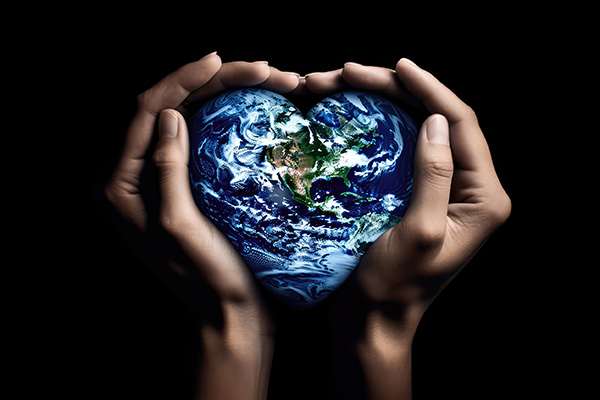 I have certainly been trespassed against over the years, as I suspect you may have too: maligned, misunderstood, abused, betrayed. Many of us have been hurt and wounded.
I have certainly been trespassed against over the years, as I suspect you may have too: maligned, misunderstood, abused, betrayed. Many of us have been hurt and wounded.
For many of us lifetimes of pain also seem to rise to the surface now, as if this era has come to collect on both the debts and the blessings.
Some of my wounds in this lifetime occurred at a young and tender age, when there seemed to be no healing granted; when the best I could do then was retreat and lick my wounds alone. There was no wise elder at my side, no sacred ceremony to mark the grief, no balm from the spirit realms. Just the aching silence of pain, and the quiet hope that one day, perhaps, I would understand why.
Since that time so long ago, I have also seen much vindication. This ability to witness what I have called “the coming around of the going around,” hasn’t been only in seeing karmic issues resolved for little slights, but for big wounds as well.
I’ve watched as Spirit, with its own perfect timing, allowed clarity and closure to emerge…sometimes years later, sometimes through unexpected channels. There is a strange and sacred justice to the Universe that rarely moves on our schedule, but always, always moves.
Justice. Yes, always in the end. But what of forgiveness?
It all shifted for me when I came to know the ‘big picture’ in the powerful prayer, “forgive us our trespasses, as we forgive those that trespass against us.” These words are not just religious rote, but an energetic key to spiritual evolution. Continue reading
Honoring Your Divine Purpose In Uncertain Times
 Knowing your purpose and consciously living it in this day and age is one of the greatest blessings one can experience in this lifetime.
Knowing your purpose and consciously living it in this day and age is one of the greatest blessings one can experience in this lifetime.
Yet, in a troubled world of mass distraction, upheaval, fear, and uncertainty, many spiritual seekers struggle with doubt, confusion, or even despair.
Many people feel lost and uncertain these days. It’s part of being human in the digital age and living in very uncertain times – the pain of questioning, the longing to understand why we are here, and what we are meant to do.
But this is not a sign of weakness or failure. In fact, it is an essential part of our spiritual growth and conscious evolution.
For me, my personal definition of “purpose” has evolved over the years, but at its core it remains constant: exploring the spiritual or higher realms, the invisible threads that weave through our existence, the vast mysteries of spirit and the cosmos.
I believe my soul purpose is to venture into the unseen realms to continue my own immortal, infinite path. I am meant to do this not only for myself, but also for the collective.
My mission is to bring back what I learn from these journeys and share it with others, to offer illumination in the dark corners, to reduce chaos, and to help restore balance to the universe. In short, I strive to be a source of hope and enlightenment, a humble guide to all who are willing to receive this wisdom. Continue reading
Living Your Truth Beyond The Veils Of Illusion
 When you awaken to who you really are — beyond your physical body, thoughts, and emotions — you become fully conscious. You begin to live your life beyond the veils of illusion.
When you awaken to who you really are — beyond your physical body, thoughts, and emotions — you become fully conscious. You begin to live your life beyond the veils of illusion.
This is enlightenment: a state of being in which you have a clear inner realization that you are more than just your body, mind, or personality. It is the recognition of your soul, your divine essence, your true place within the greater fabric of all creation.
Enlightenment is not reserved for saints, sages, or spiritual teachers. It is a living potential within each of us. Nor is it merely a poetic or mystical concept. Enlightenment is a profound existential truth rooted in inner transformation and spiritual transcendence. It is freedom from illusion — the veil of appearances that clouds our perception and keeps us bound to fear, ego, and limitation.
Enlightenment is a return to clarity, authenticity, and the radiant awareness of the light within.
When you are enlightened, you see life clearly. You no longer blindly respond to external expectations, conditioned behaviors, or unresolved wounds. Instead, you live from a place of inner truth and spiritual sovereignty. You recognize your connection to all that is, and your choices begin to reflect this deeper awareness.
However, enlightenment is not an escape from the material world. You still live in it, but you are no longer deceived or controlled by it. You remain grounded, present, and fully engaged in life — but now with a heart full of peace and a mind aligned with higher wisdom.
The Touching Tale Of The Praying Hands
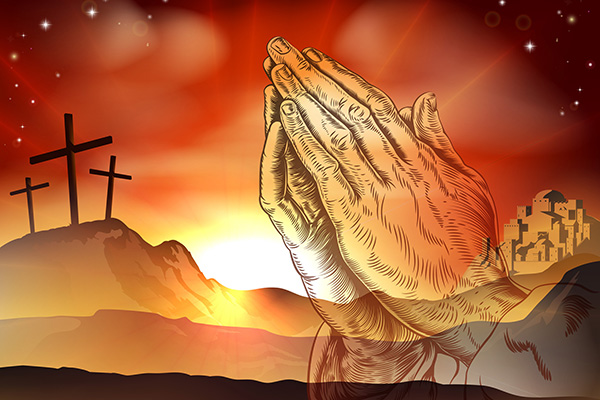 In the fifteenth century, in a tiny village near Nuremberg, Germany, lived a family with 18 children. Yes, eighteen! To put food on the table for this mob, the father and head of the household, a goldsmith by trade, worked nearly 18 hours a day at his trade, as well as any other paying job he could find in the neighborhood.
In the fifteenth century, in a tiny village near Nuremberg, Germany, lived a family with 18 children. Yes, eighteen! To put food on the table for this mob, the father and head of the household, a goldsmith by trade, worked nearly 18 hours a day at his trade, as well as any other paying job he could find in the neighborhood.
Despite their seemingly hopeless situation, Albrecht and Albert, two of the older children, had a dream. They both wanted to pursue their talent for art, but they were well aware that their father would never be financially able to send either of them to an art academy.
After many long discussions at night in their crowded bed, the two boys finally worked out a pact. They would toss a coin. The loser would go down to the nearby mines and use his earnings to support his brother, who would attend the academy.
Then, after four years, when the brother who won the coin toss finished his studies, he in turn would support the mining brother to also attend the academy – either by selling his artwork or, if necessary, by working in the mines.
They tossed a coin one Sunday morning. Albrecht Dürer won the toss and went to Nuremberg to study art. Albert went down into the dangerous mines and spent the next four years financing his brother, whose creative work at the academy was almost immediately a sensation.
Albrecht’s etchings, woodcuts, and oils were far superior to those of most of his fellow students and even his professors, and by the time he graduated he was beginning to earn substantial fees for his commissioned works.
